-This blogpost was made during the Second Term of the Masters in Advanced Architecture 02 Programme in 2019. For the link to the final blogpost for the development of the thesis, click [ here ]-
DUNES
Dynamic Urban Nodes Emotion Simulator
An investigation of the quantification of qualitative data for the evaluation and simulation of emotions in dynamic urban environments through the development of a design support tool
Term 2 Developments
INTRODUCTION
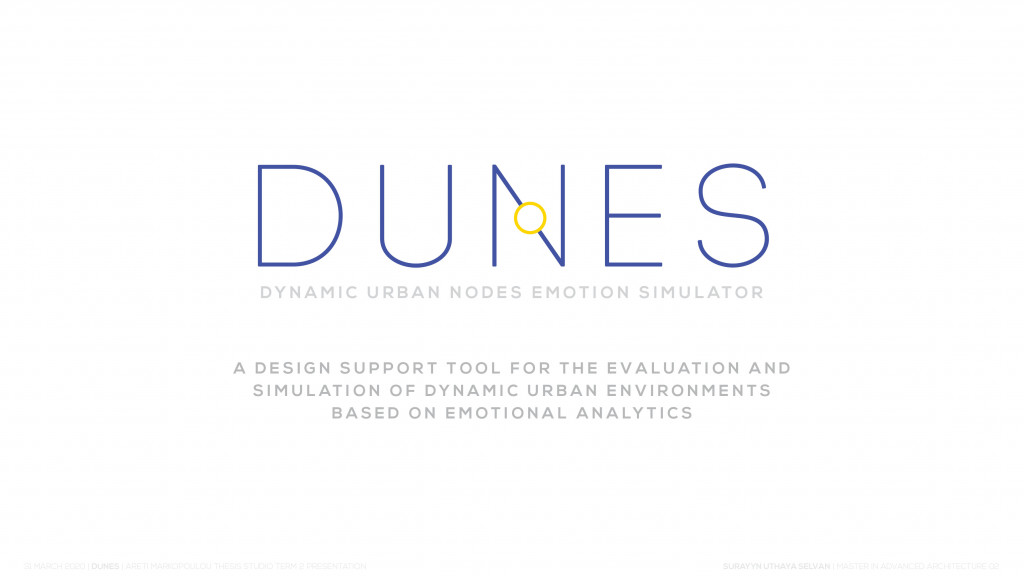
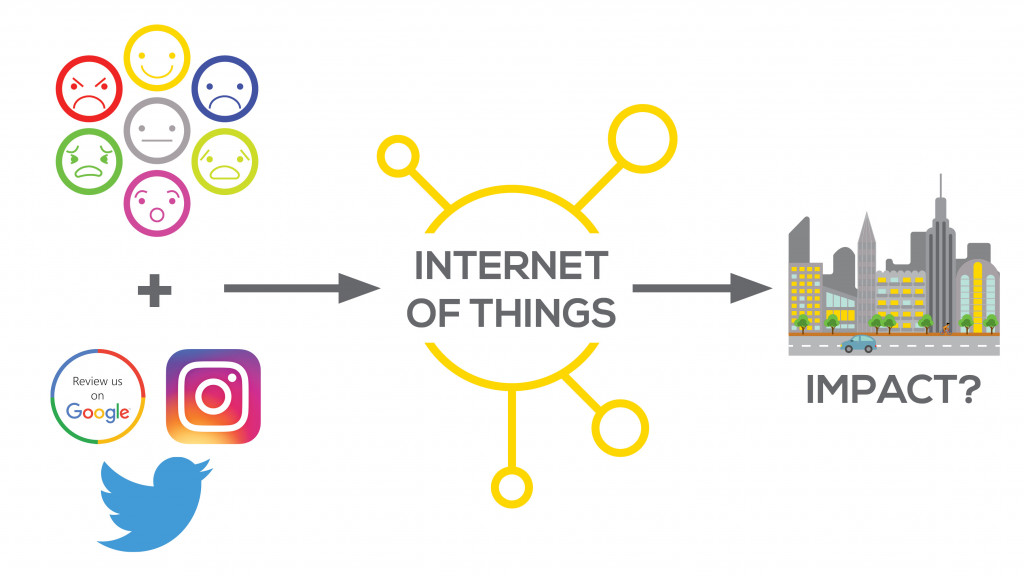
This thesis research would like to dwell into the makings of dynamic urban spaces and how potentially designers could create adaptable spaces for the collective experience without compromising the individual. Using Social Data as a basis for data collection, this project intends to explore the potential of extracting qualitative data from text mining and forming relationships within the Internet of Things and its potential application in Architecture and Urban Design.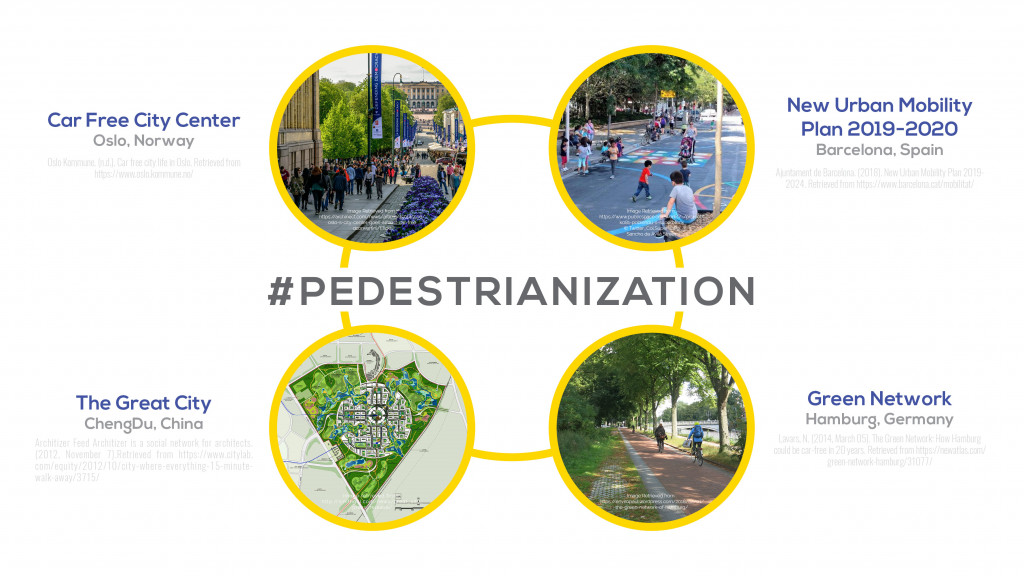
The notion of putting people first in cities is not a new process as there have been various methods of pedestrianization implemented in cities world-wide focusing on creating livable spaces through the decreased use of private vehicles and increasing green spaces in order to mitigate negative urban impacts.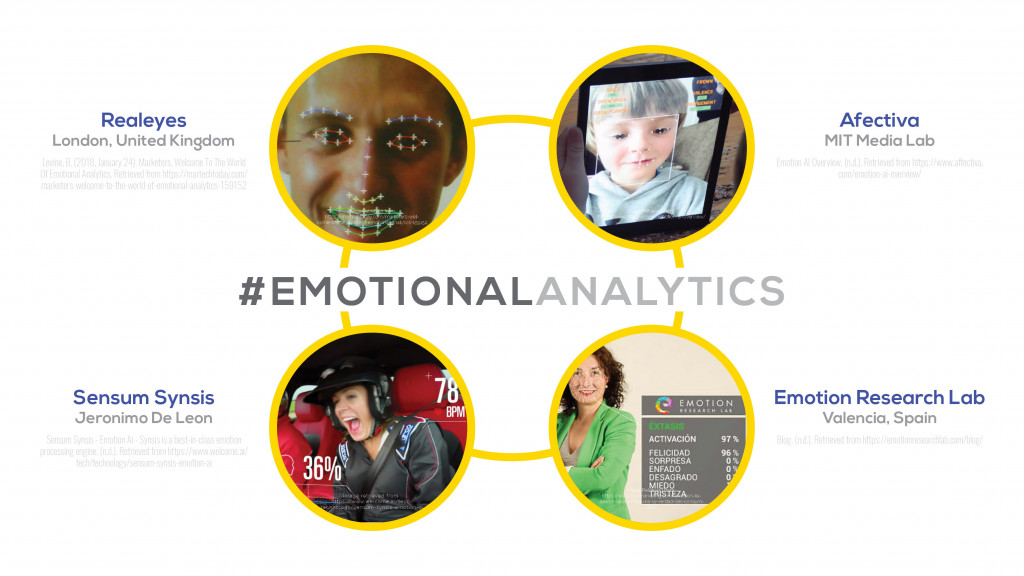
With the prioritization of people, there have been efforts into further understanding the human emotion and trying to quantify it. Various technologies have been deployed to collect physiological data to understand the fluidity of human emotions.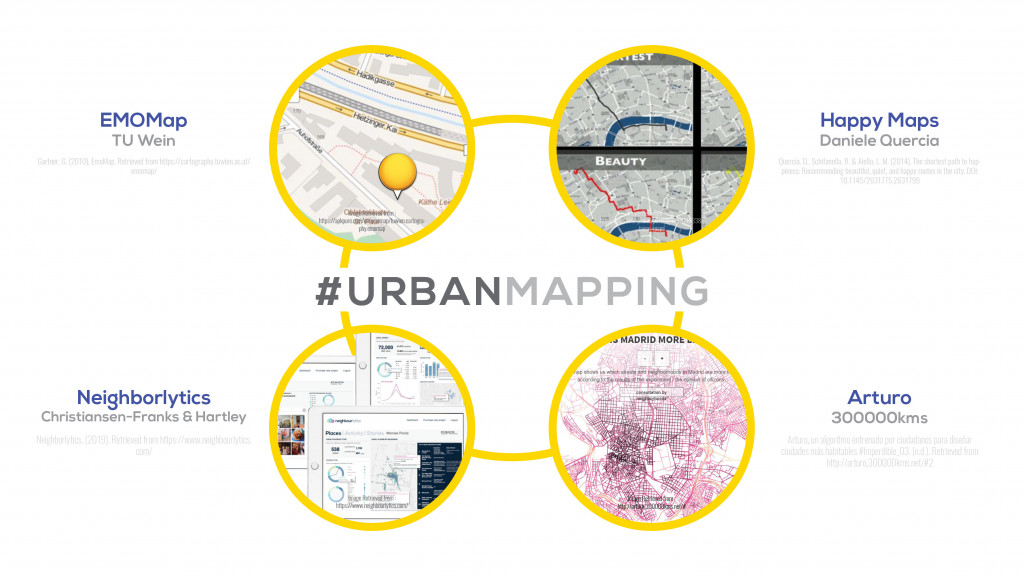
In an urban scale, the urban design process is limited to visualizations of data collection with no opportunity to simulate input data to generate potential options.
INITIAL PROPOSAL FOR DUNES
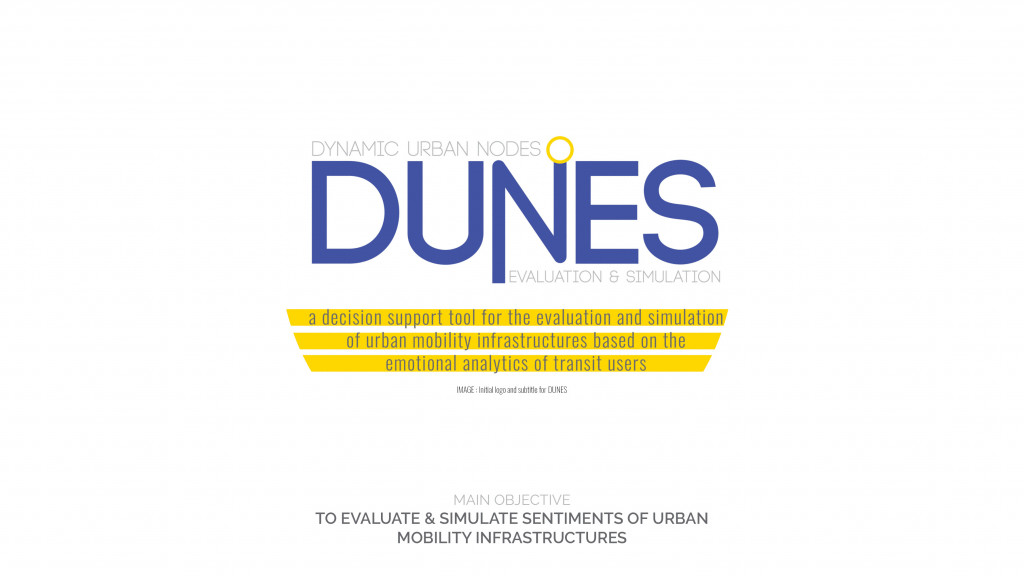
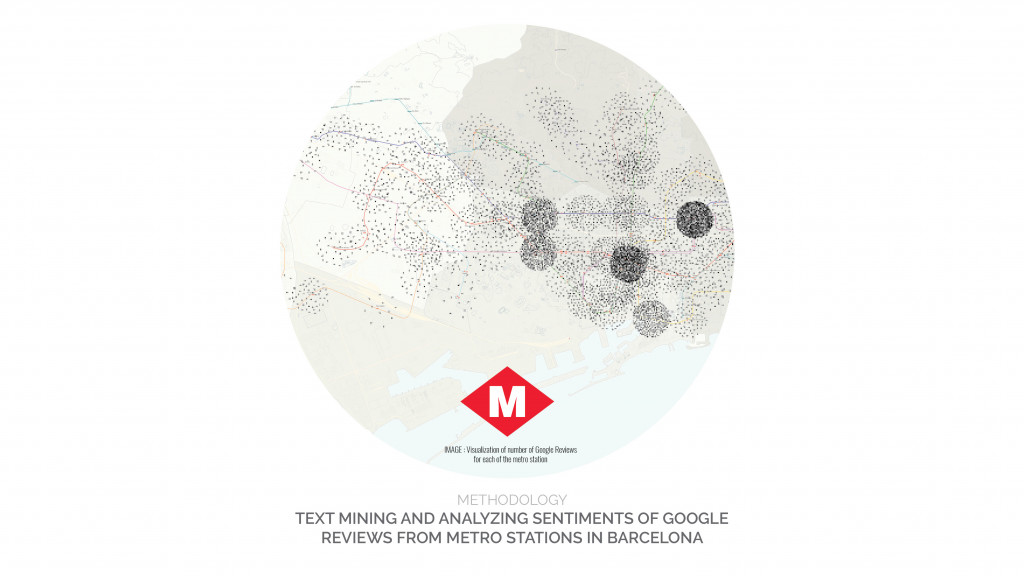
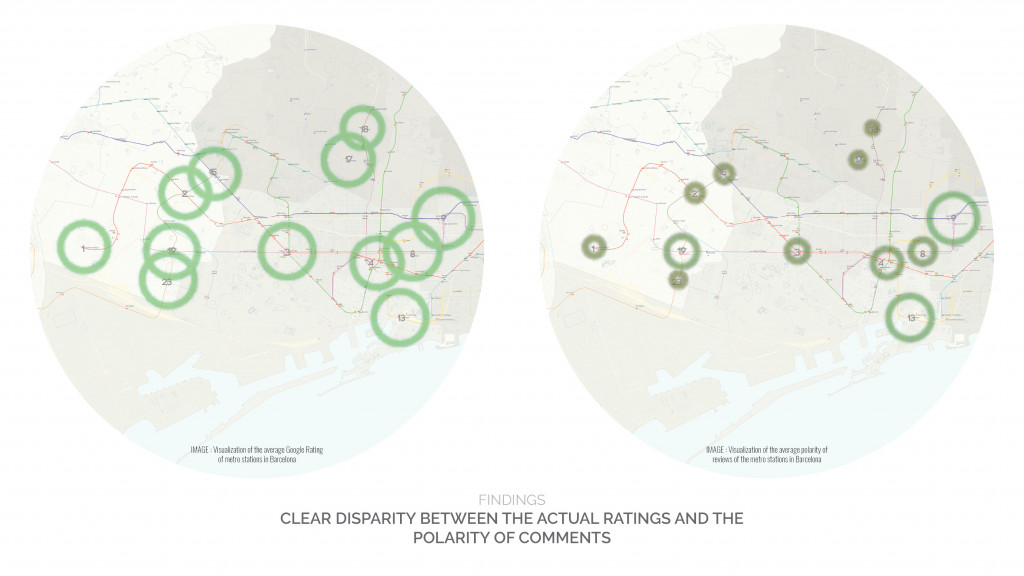
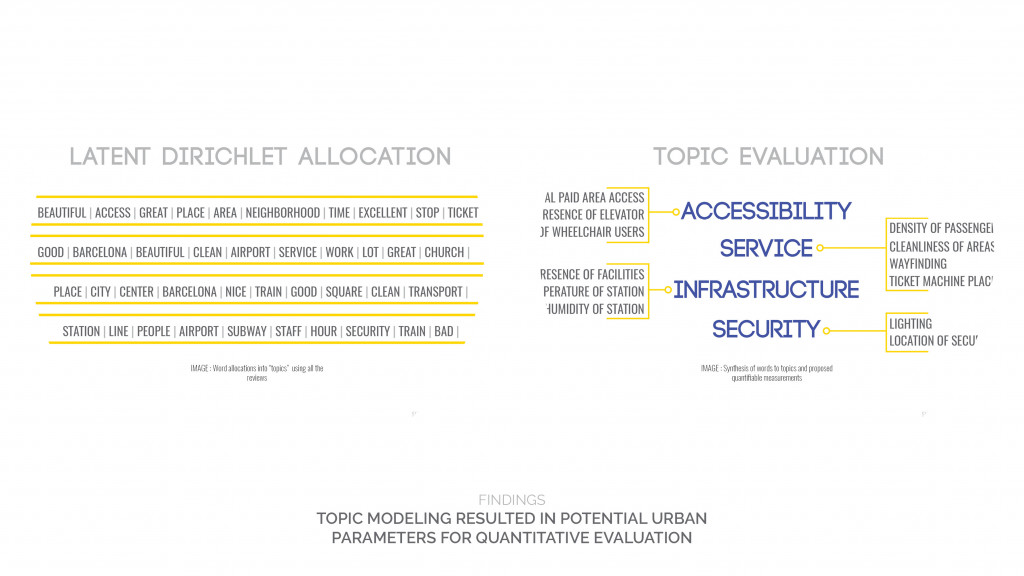
CURRENT PROPOSAL FOR DUNES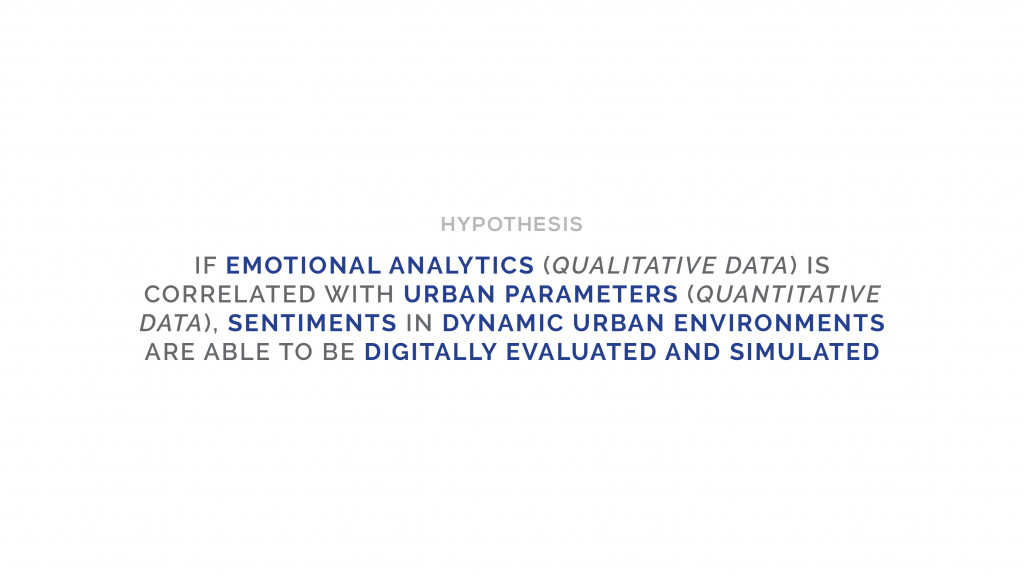

The methodology in evaluating the hypothesis is divided into four significant phases as visualized above.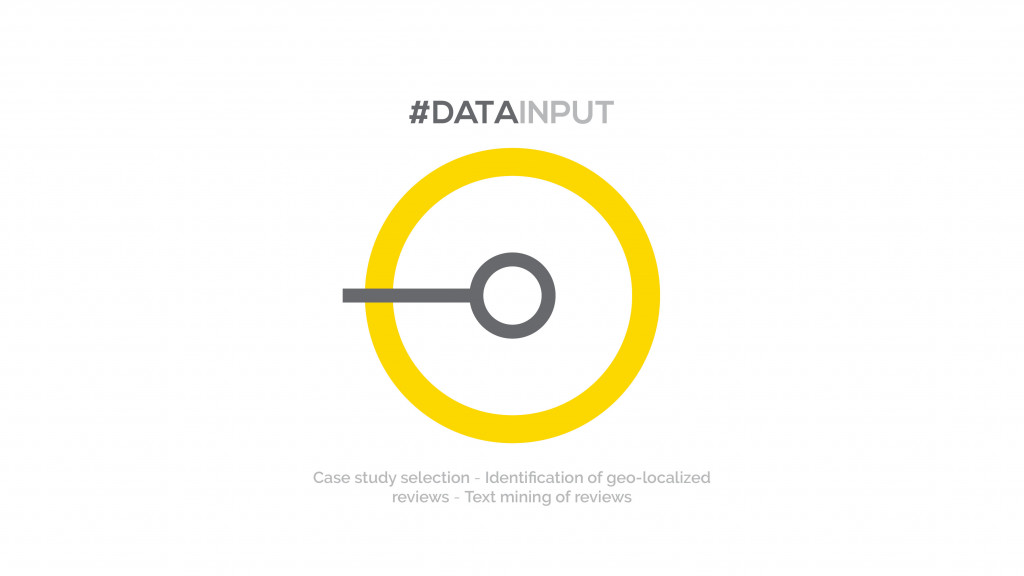
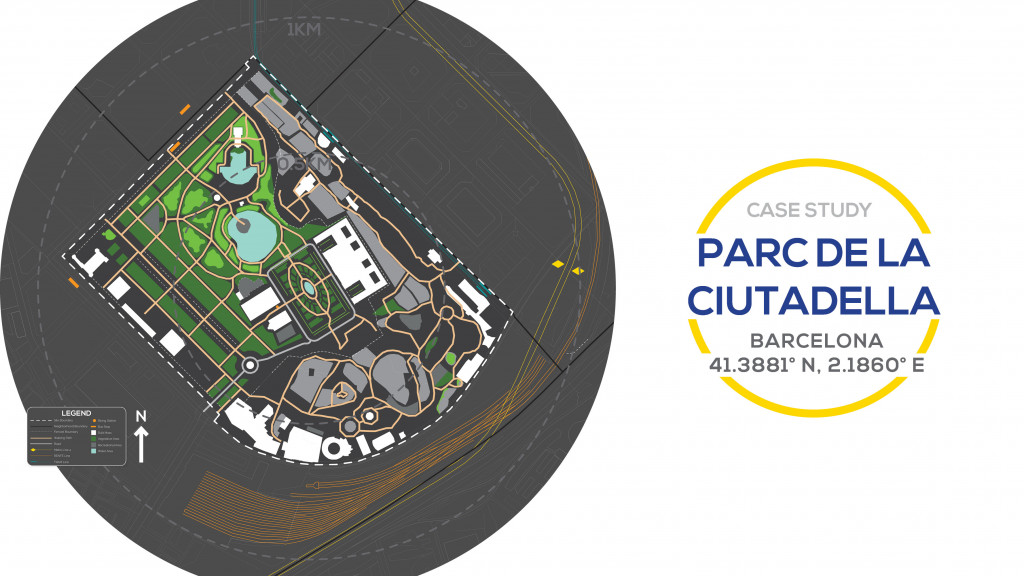
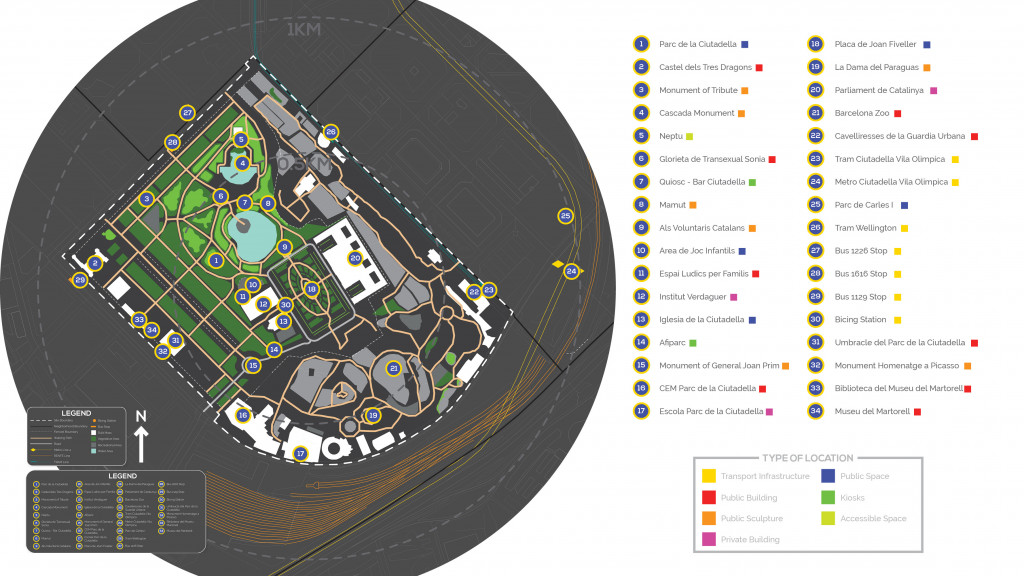
Geo-localized points of review from Google Reviews are identified in the selected case study.
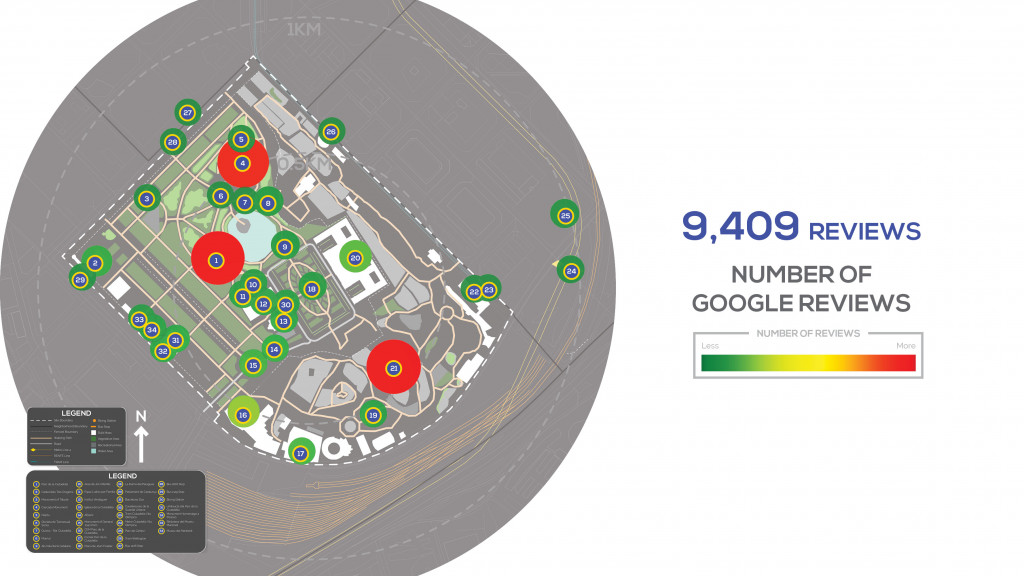
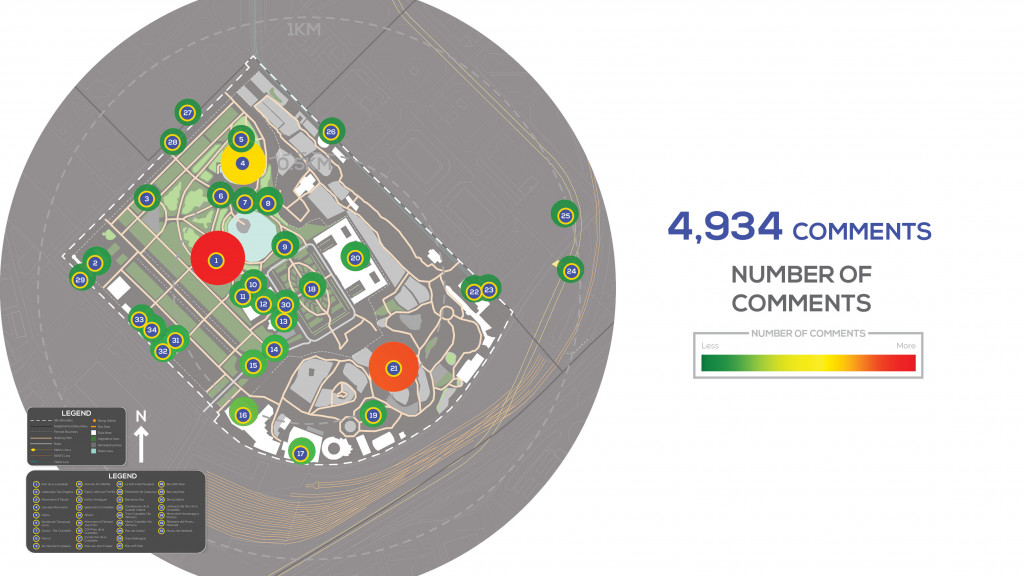
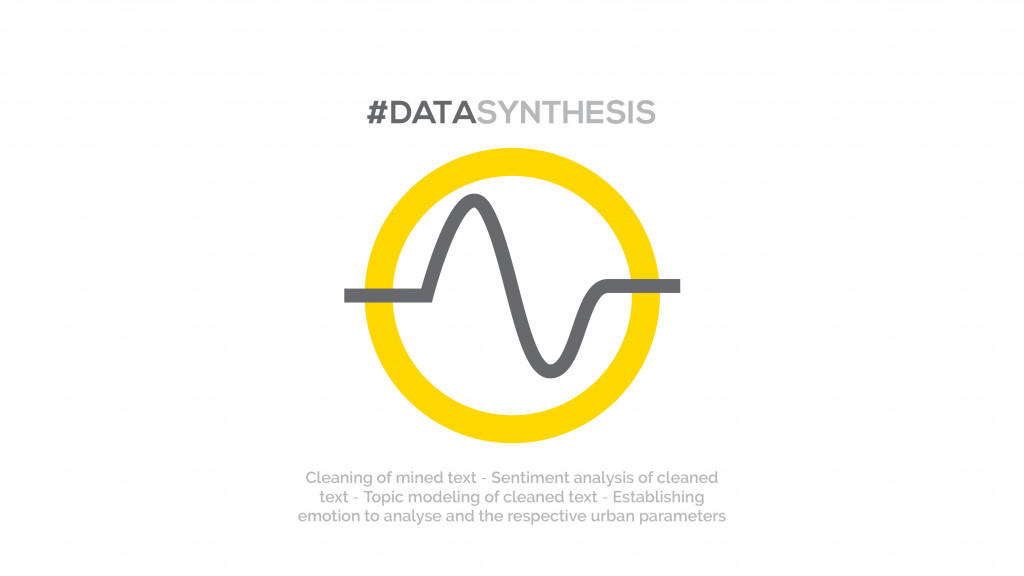
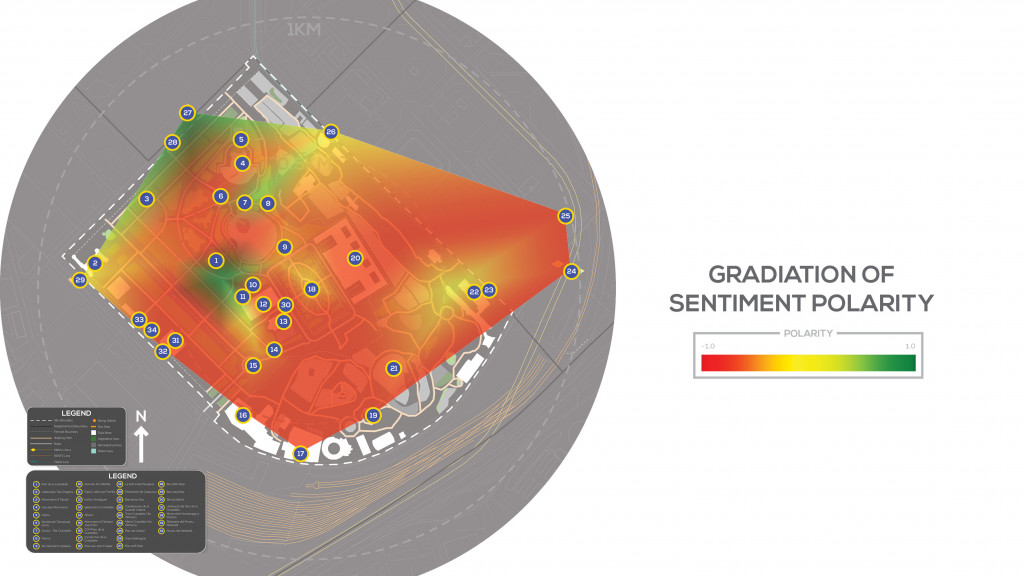
Preliminary analysis is conducted on the sentiment polarity ( negative to positive ) to identify potential risk areas within the case study.
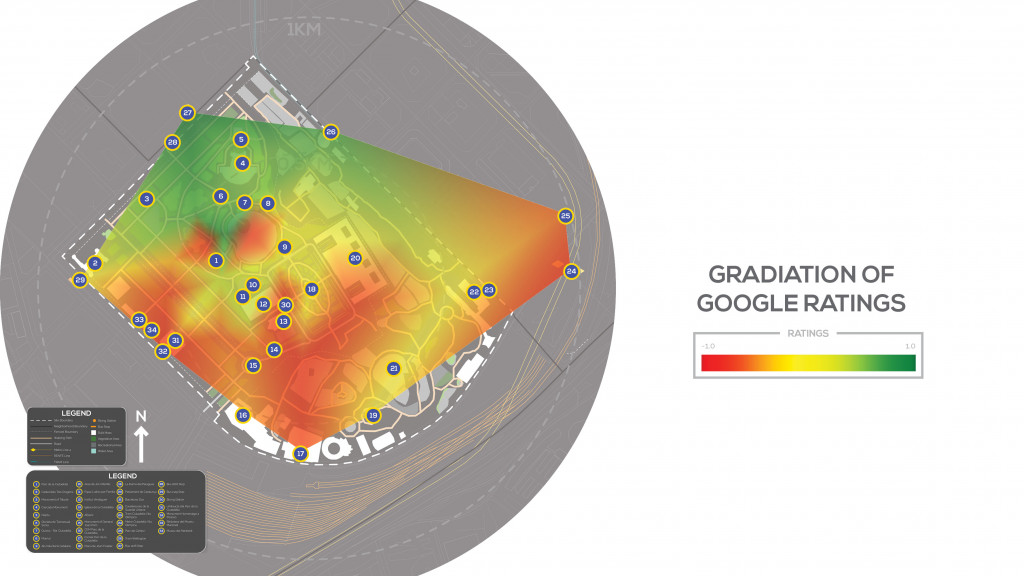
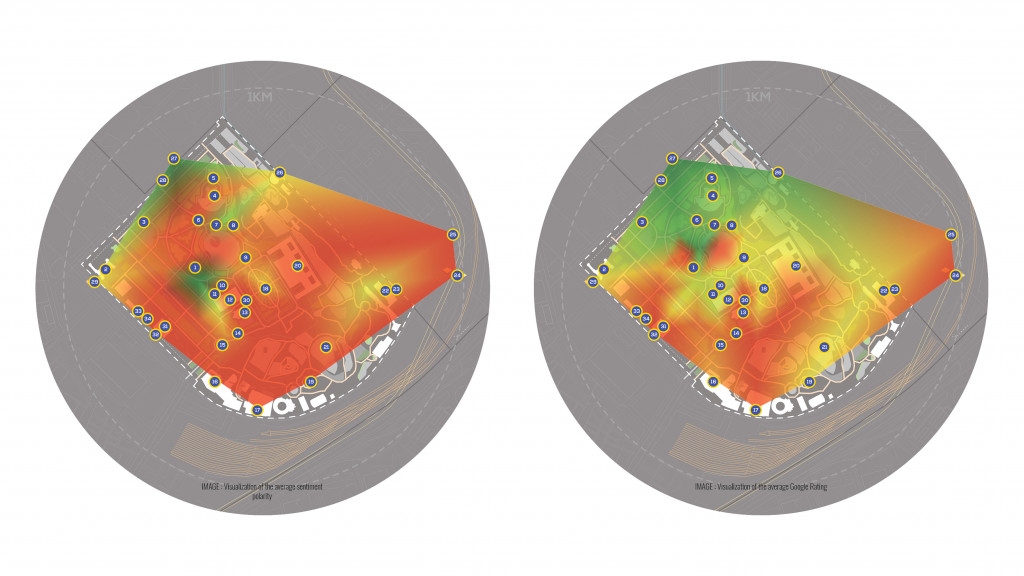
Comparison of the sentiment analysis of the text data and the Google Ratings show that there is a huge disparity of resolution in the Google Ratings. A word cloud is generated to identify the most frequent words used in the selected case study.
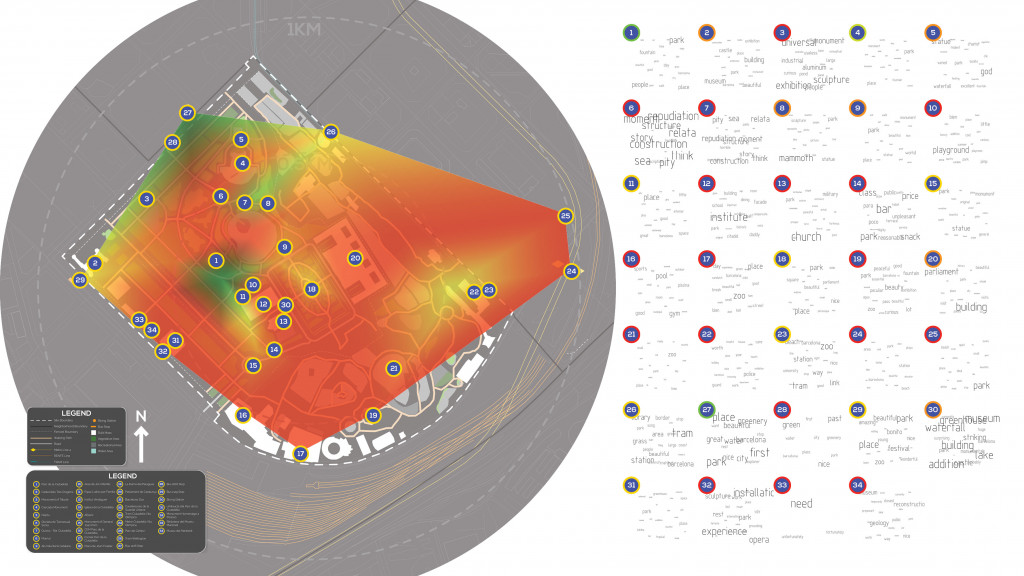
The analysis brought about the conclusion that in red zones, the words that were mentioned revolved around the quality of the built environment, safety, vegetation and the individual experience as well.
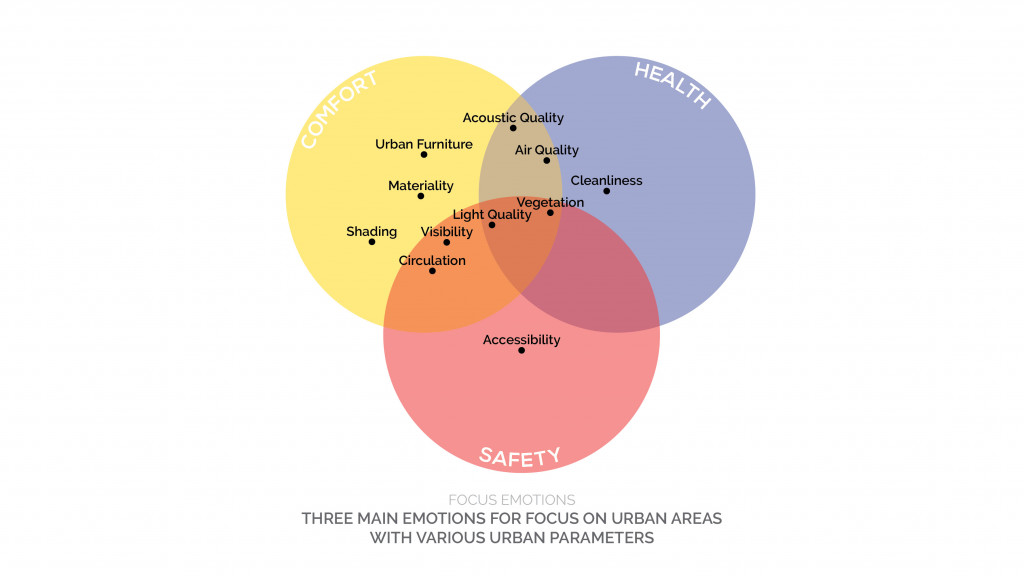
For the quantificiation of emotions, it is necessary to associate the data to quantitative urban indicators as visualized above in the matrix. For the purpose of Term 2, only the Emotion of Safety with the urban indicators of Accessibility, Visibility and Circulation was analyzed to form a methodology of correlation.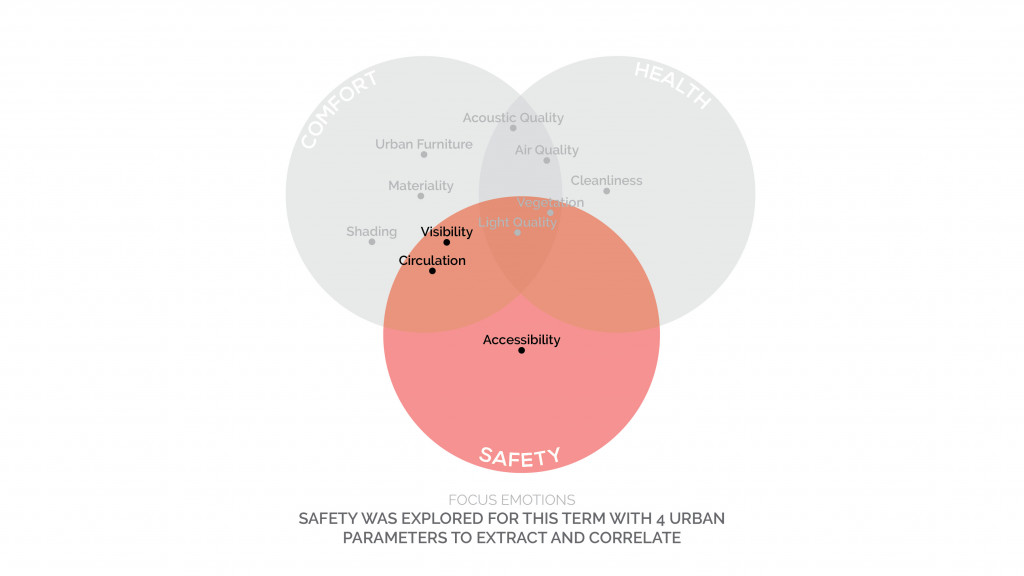
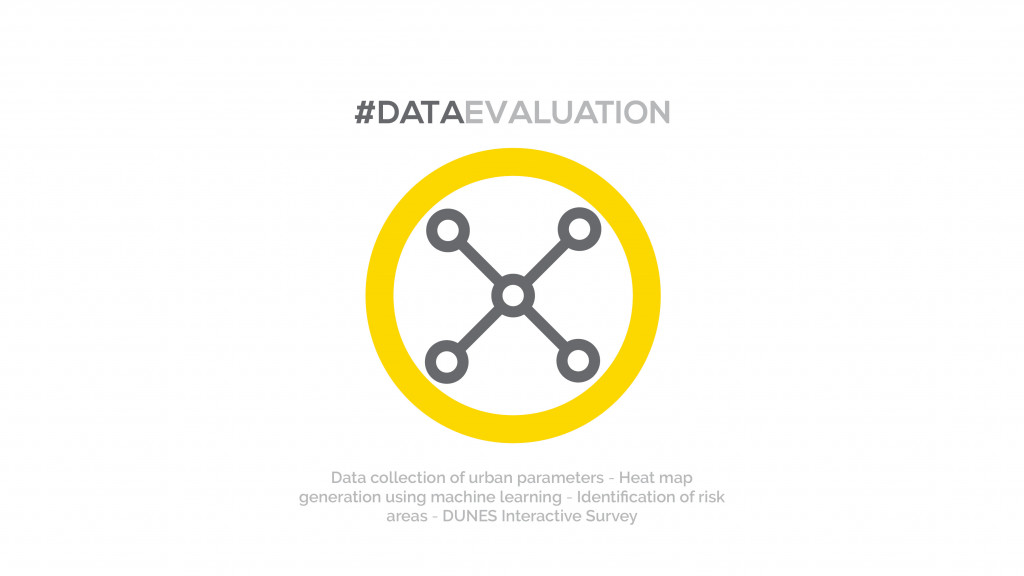
Data for the relevant urban indicators was collected using various data bases.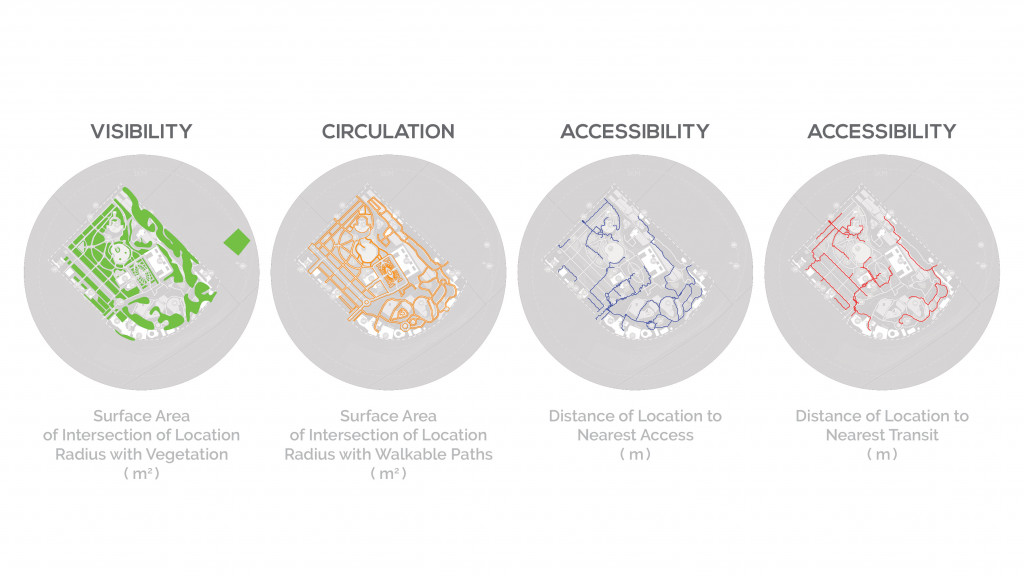
Associating the data collected from the urban indicators with the Sentiment Analysis conducted, in association with the emotion of Safety, a machine learning method of regression was conducted to generate a gradiation of “Safety” on the selected case study.
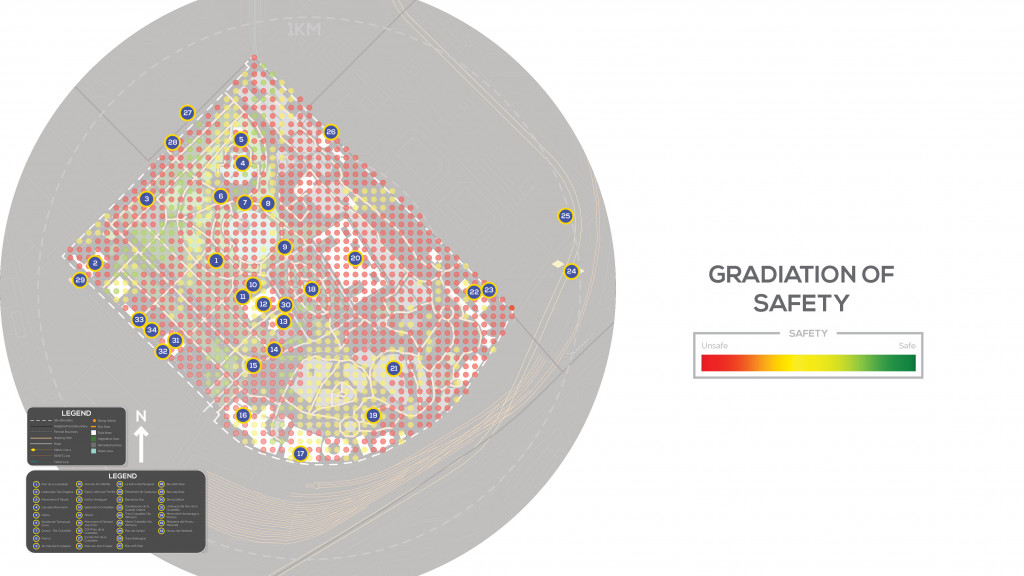
In parallel, to further develop the quantification of emotions, a preliminary visual preference survey was conducted. The DUNES Interactive Survey is vital because it is going to be fed into a digital workspace to be manipulated.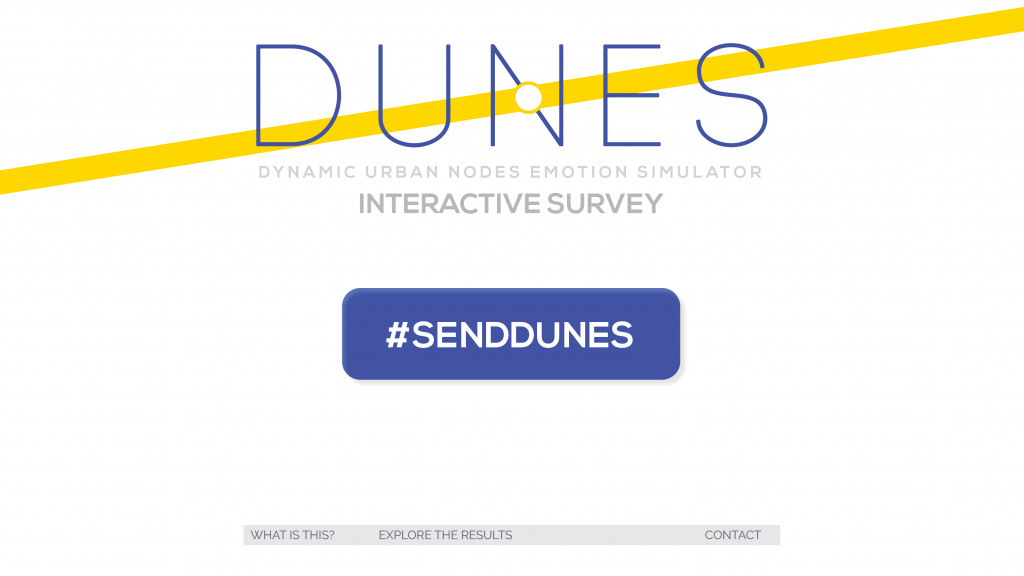
The objective of this survey is to understand what urban elements are associate with different levels of emotions through crowd particiaption.
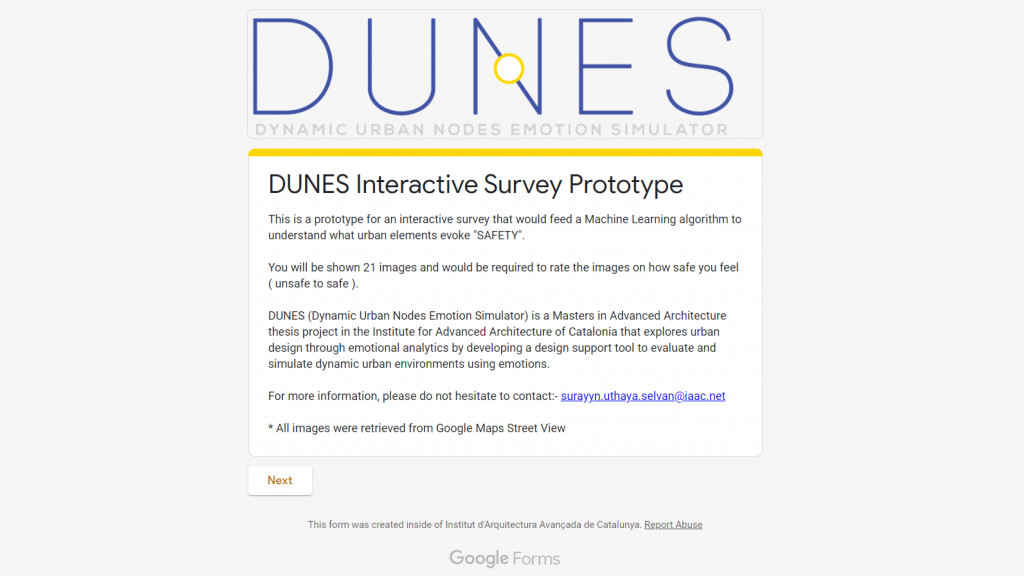
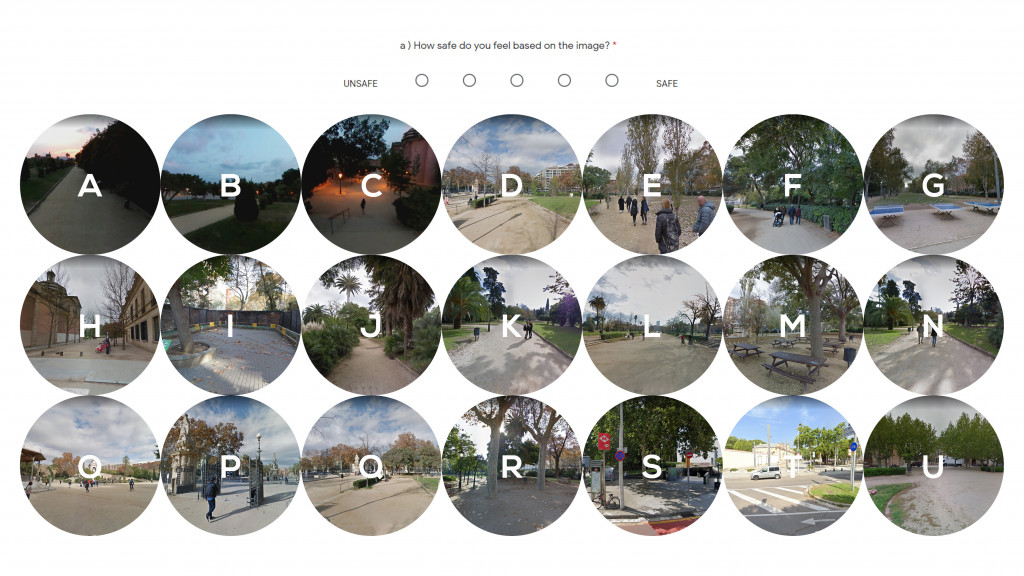
The photos were selected based on a MAIN parameter and 2 SECONDARY parameters.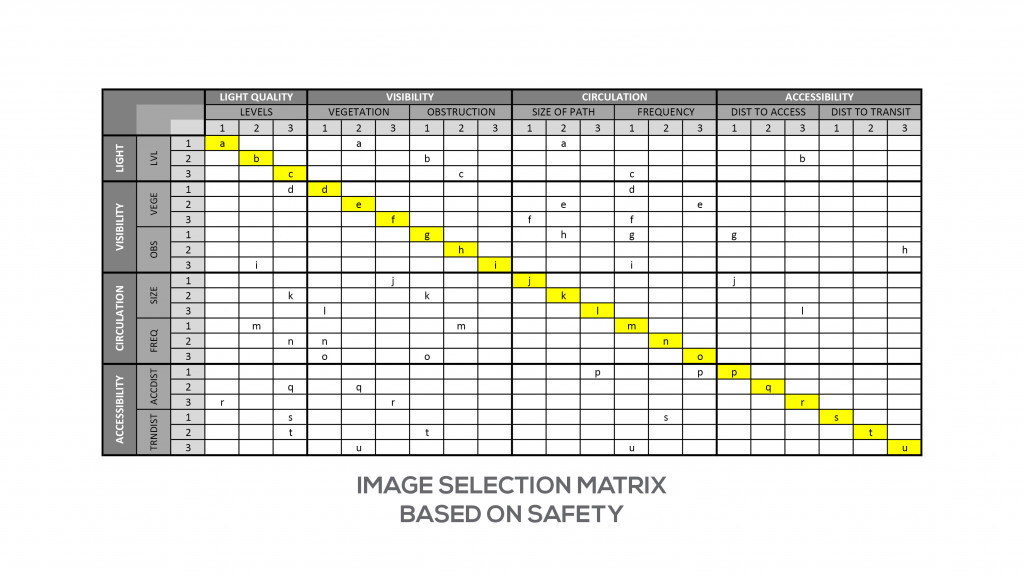
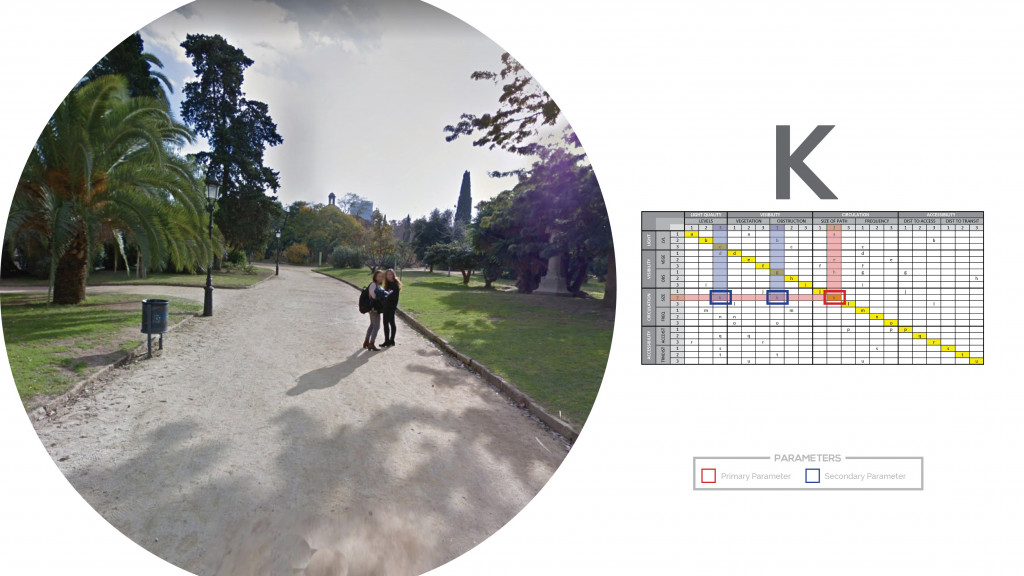
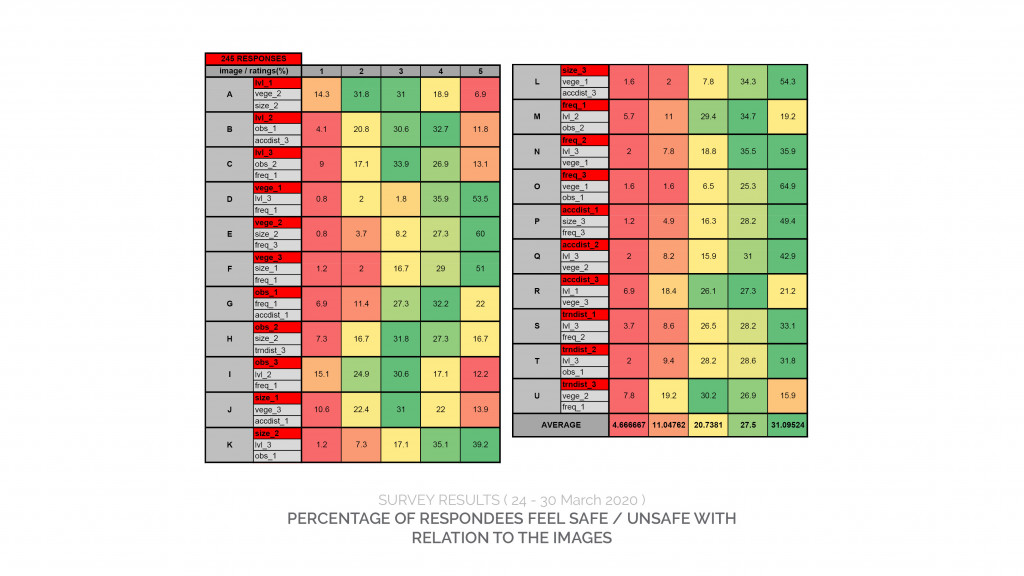
As a whole, the 245 respondents felt mostly safe through the visual preference survey but certain conclusions were able to be made.
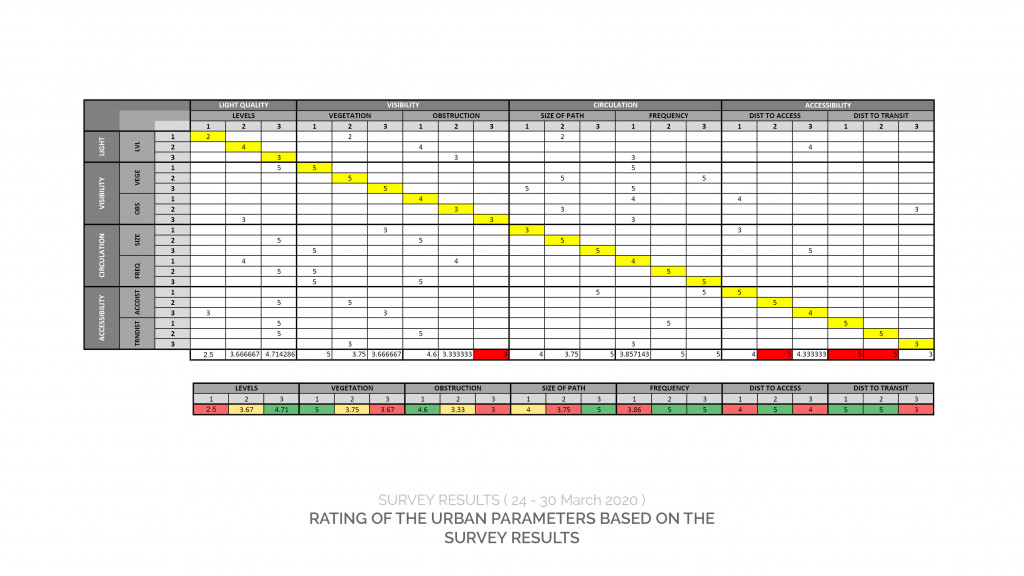
These results show that high light levels, less vegetation density, larger paths and shorter distances to access are associated with lower higher levels of safety.
TERM 3 DEVELOPMENTS FOR DUNES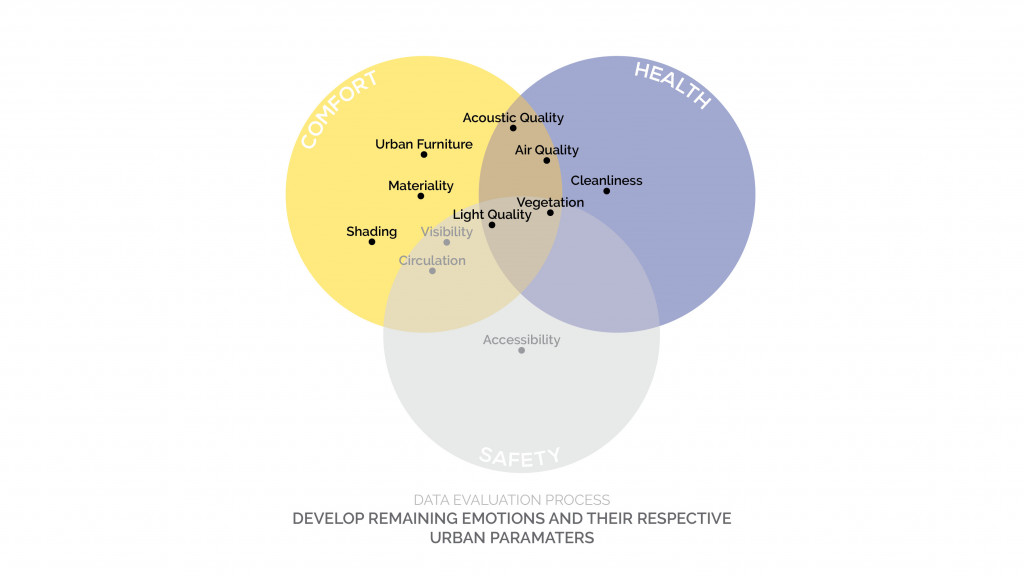
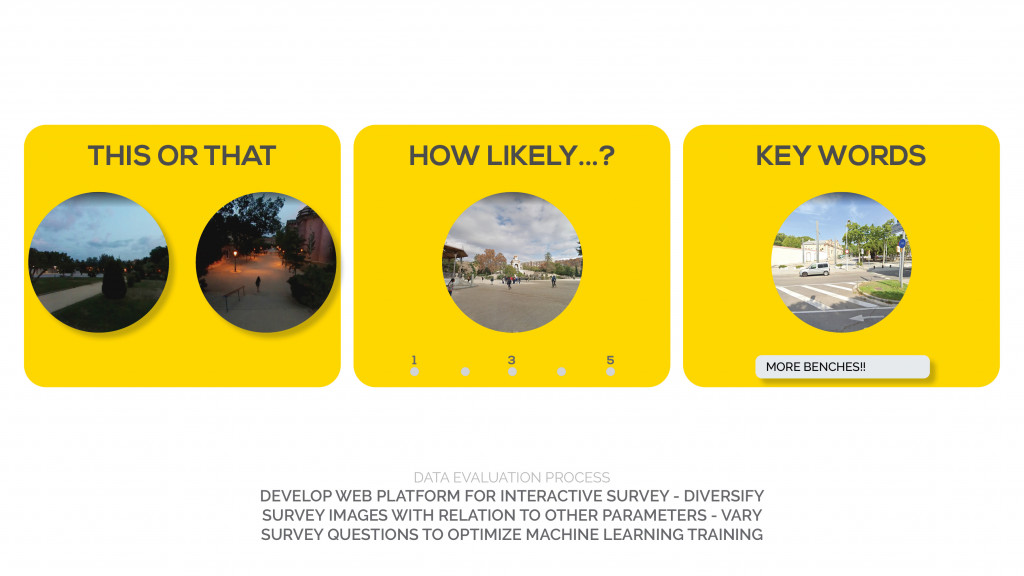
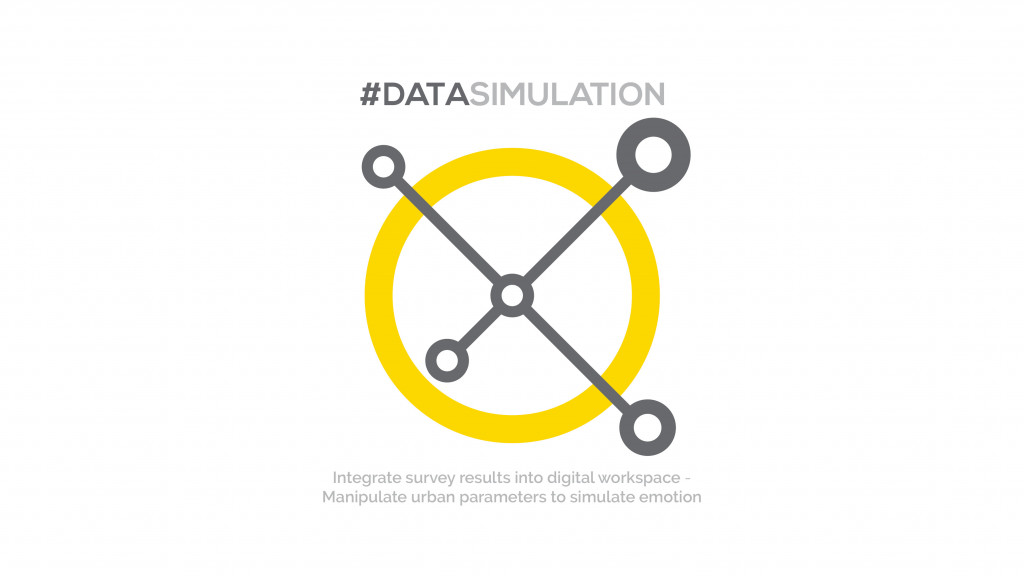

The most important aspect of the thesis project is to test the replicability on a different case study.
DUNES ( Dynamic Urban Nodes Emotion Simulator ) is a project of IAAC, Institute for Advanced Architecture of Catalonia developed in the Master of Advanced Architecture 2019/20 by:
Student: Surayyn Uthaya Selvan
Faculty: Areti Markopoulou, Nikol Kirova and Eduardo Chamorro